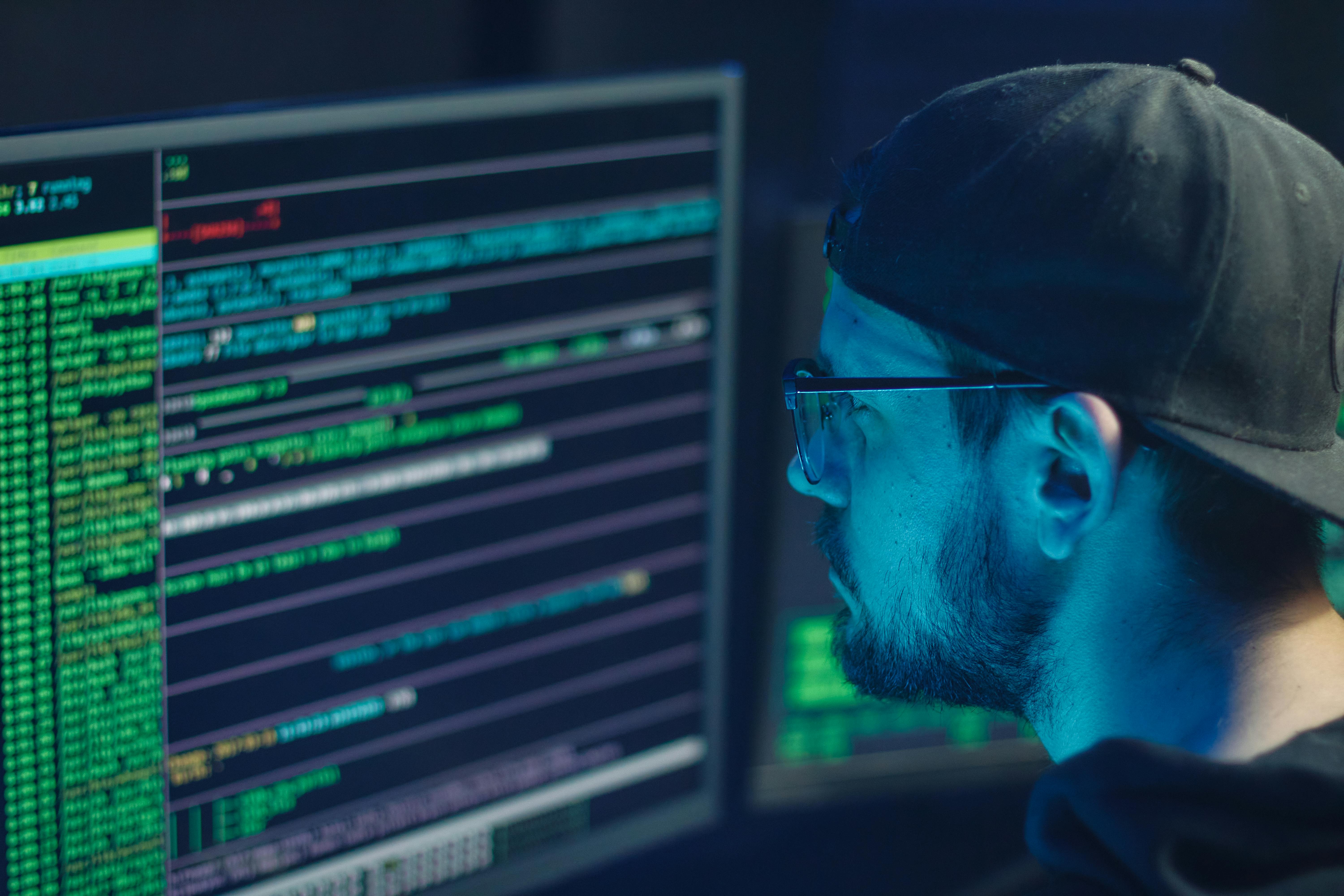
Introduction
The cybersecurity landscape is constantly evolving, and businesses must stay ahead of emerging threats to protect their data, systems, and reputation. In 2025, cybercriminals are expected to use more sophisticated tactics, leveraging AI, automation, and deepfake technology to breach security defenses. This guide highlights the top 10 cybersecurity threats businesses must prepare for in 2025 and provides strategies to mitigate risks.
1. AI-Powered Cyberattacks
Artificial Intelligence (AI) is being weaponized by cybercriminals to automate attacks, evade detection, and generate realistic phishing emails. Businesses must invest in AI-driven security solutions to combat these threats. AI-based attacks can also exploit system vulnerabilities faster than traditional methods, making it imperative to implement advanced cybersecurity frameworks.
2. Deepfake Technology in Social Engineering
Cybercriminals are using deepfake videos and voice cloning to impersonate executives and defraud businesses. Implementing strict identity verification protocols can prevent such attacks. Fraudsters leverage social media and publicly available data to create highly convincing fake identities, making traditional authentication methods inadequate.
3. Ransomware Evolution
Ransomware attacks are becoming more aggressive, with attackers threatening to leak stolen data if ransoms aren’t paid. Regular data backups and endpoint security are essential defenses. Organizations must also adopt proactive cybersecurity measures such as network segmentation and real-time anomaly detection to prevent the lateral spread of ransomware within their systems.
4. Zero-Day Exploits
Hackers are constantly discovering and exploiting vulnerabilities before software vendors can patch them. Businesses should adopt proactive threat monitoring and automatic updates to reduce risks. Zero-day exploits can remain undetected for months, making penetration testing and security patch automation crucial for reducing exposure.
5. Cloud Security Risks
With more businesses moving to the cloud, misconfigured cloud settings can expose sensitive data. Implementing multi-factor authentication (MFA) and zero-trust security models is crucial. Companies should also conduct regular security audits of their cloud environments to ensure proper configurations and minimize exposure to unauthorized access.
6. Phishing Attacks 2.0
Phishing scams are becoming more targeted, leveraging social media and AI-generated content to deceive employees. Regular cybersecurity awareness training can help employees recognize these scams. Attackers use advanced personalization techniques to mimic internal emails, increasing the chances of deception. Implementing AI-based email filtering and domain authentication protocols like DMARC can mitigate these risks.
7. IoT Device Vulnerabilities
The growing number of Internet of Things (IoT) devices in workplaces increases the attack surface. Businesses must enforce strict access controls and network segmentation to minimize IoT-related risks. IoT devices often lack robust security features, making them easy targets for attackers seeking to infiltrate corporate networks.
8. Supply Chain Attacks
Cybercriminals are targeting third-party vendors to gain access to larger enterprises. Conducting thorough security audits on vendors is essential for safeguarding business networks. Supply chain attacks can cripple businesses by compromising critical software dependencies, making vendor risk assessments and third-party cybersecurity policies a necessity.
9. Quantum Computing Threats
As quantum computing advances, it could render traditional encryption obsolete. Businesses should explore post-quantum cryptography solutions to future-proof their data security. Organizations must start adopting quantum-resistant cryptographic algorithms and transitioning to hybrid encryption models to remain secure.
10. Insider Threats & Human Error
Employees, whether intentionally or accidentally, remain a major cybersecurity risk. Implementing strict access controls, behavior analytics, and security training can reduce insider threats. Unintentional breaches due to phishing scams or weak password practices can be mitigated with comprehensive security training and privileged access management.
How to Protect Your Business in 2025
To stay ahead of these threats, businesses must adopt a multi-layered cybersecurity strategy that includes:
- AI-driven threat detection to identify and mitigate sophisticated cyberattacks in real-time.
- Regular employee training to ensure staff members recognize phishing attempts and social engineering scams.
- Zero-trust security architecture that requires continuous verification for access to sensitive data.
- Advanced endpoint protection to secure company devices from malware and ransomware attacks.
- Robust data encryption to safeguard confidential information against cyber threats.
- Regular security audits to identify vulnerabilities before they can be exploited.
- Incident response planning to ensure rapid recovery in the event of a cyberattack.
- Multi-layer authentication protocols to strengthen user verification and minimize unauthorized access.
By staying proactive and adapting to these evolving threats, businesses can fortify their defenses and thrive in an increasingly digital world. Cybersecurity is no longer just an IT concern it’s a business imperative that requires strategic investment and constant vigilance.